When it comes to gardening, most of us focus on vegetables that will produce food for our kitchens. However, growing flowers alongside vegetables can provide numerous benefits, both aesthetic and practical. Flowers do more than just brighten up a garden they can attract pollinators, deter pests, and even improve the overall health of your plants. In this article, we will explore seven flowers that can enhance your vegetable garden, offering both beauty and benefits.
Why Grow Flowers Alongside Vegetables?
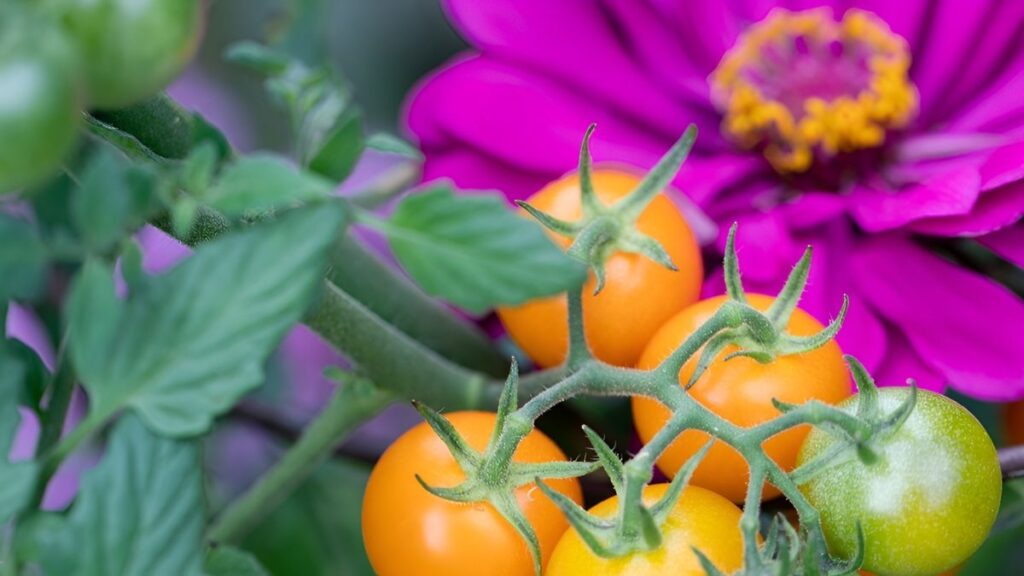
Growing flowers next to your vegetables is not just about making your garden look prettier. Flowers can create a balanced ecosystem where plants thrive in harmony. By adding flowers to your vegetable garden, you can improve pollination, reduce pests, and boost biodiversity. Some flowers have natural insect-repelling qualities, which protect your vegetables from harmful bugs. Others attract beneficial insects like bees and butterflies, which play a crucial role in pollination. In addition, many flowers are edible and can be used in cooking, providing an extra layer of value to your garden.
1. Marigolds
Marigolds are one of the most popular flowers to grow alongside vegetables, and for good reason. These vibrant flowers are known for their ability to deter pests, particularly nematodes and aphids. The scent of marigolds repels many common garden pests, helping to protect your vegetables without the need for harmful chemicals. Marigolds are also easy to grow, making them perfect for beginners.
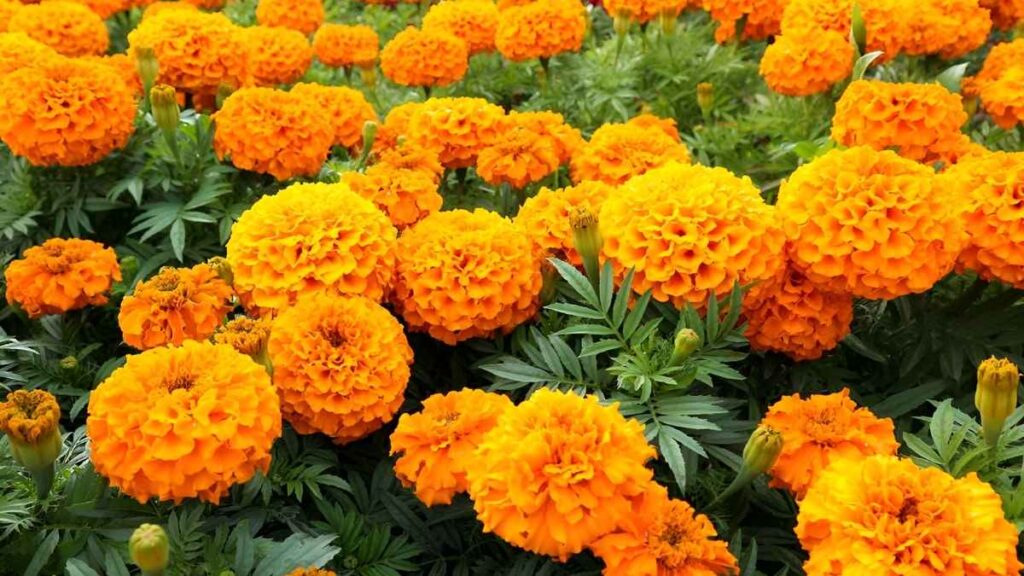
In addition to pest control, marigolds attract pollinators like bees and butterflies, which can boost the overall health and yield of your vegetable crops. Their bright yellow and orange flowers also add a cheerful pop of color to your garden, making it visually appealing.
2. Nasturtiums
Nasturtiums are another excellent choice for a vegetable garden. These flowers are known for their ability to attract aphids away from your vegetables, acting as a “trap crop.” Aphids prefer the leaves of nasturtiums, so by planting them alongside your veggies, you can draw these pests away from your more valuable plants.
In addition to their pest-fighting abilities, nasturtiums are edible. The peppery flavor of their leaves and flowers adds a unique taste to salads and other dishes. Nasturtiums also have vibrant colors ranging from deep reds to bright yellows that can brighten up any garden space.
3. Sunflowers
Sunflowers are not only tall and stunning, but they also provide several benefits when grown alongside vegetables. Their large blooms attract pollinators like bees, which are essential for fertilizing many types of vegetables, especially squash, tomatoes, and cucumbers.
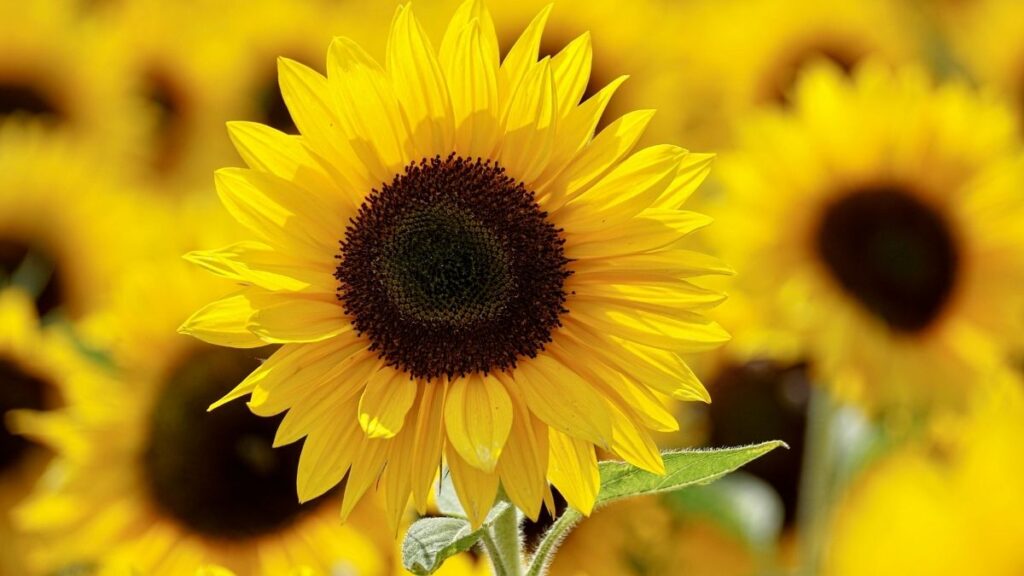
The seeds of sunflowers can also be harvested and eaten or used to attract birds to your garden, adding another layer of interest. Additionally, sunflowers act as natural “supports” for climbing vegetables like beans and peas. Their sturdy stems provide a structure for these vegetables to grow on, reducing the need for extra trellises.
4. Lavender
Lavender is a versatile plant that brings both beauty and practicality to your vegetable garden. Its fragrant purple flowers are a magnet for pollinators, which can increase the productivity of nearby vegetable plants. Lavender also acts as a natural pest repellent, especially for insects like moths, mosquitoes, and flies. The strong aroma of lavender helps to keep these pests at bay without the need for harmful chemicals.
Aside from its pest-repelling qualities, lavender can be used in cooking and aromatherapy. Its calming fragrance adds a pleasant aroma to your garden, and you can harvest the flowers to make homemade potpourri or add to desserts and savory dishes.
5. Borage
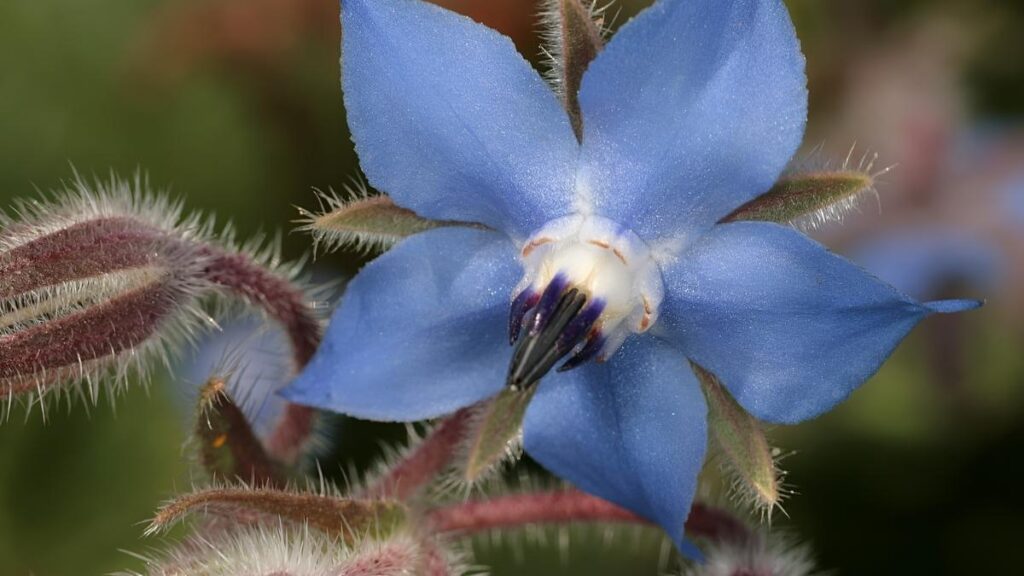
Borage is a wonderful herb that produces beautiful star-shaped blue flowers. It is an excellent companion plant for vegetables like tomatoes, strawberries, and squash. Borage attracts pollinators, including bees, which are vital for the success of these plants. The flowers are also edible and have a cucumber-like taste, making them a unique addition to salads, drinks, or garnishes.
Borage is also known to improve the growth of other plants. It is believed to enhance the flavor of tomatoes and can even help to deter pests like cabbage worms and aphids. Furthermore, its leaves are rich in nutrients, which can be used as mulch or compost to enrich the soil.
6. Calendula
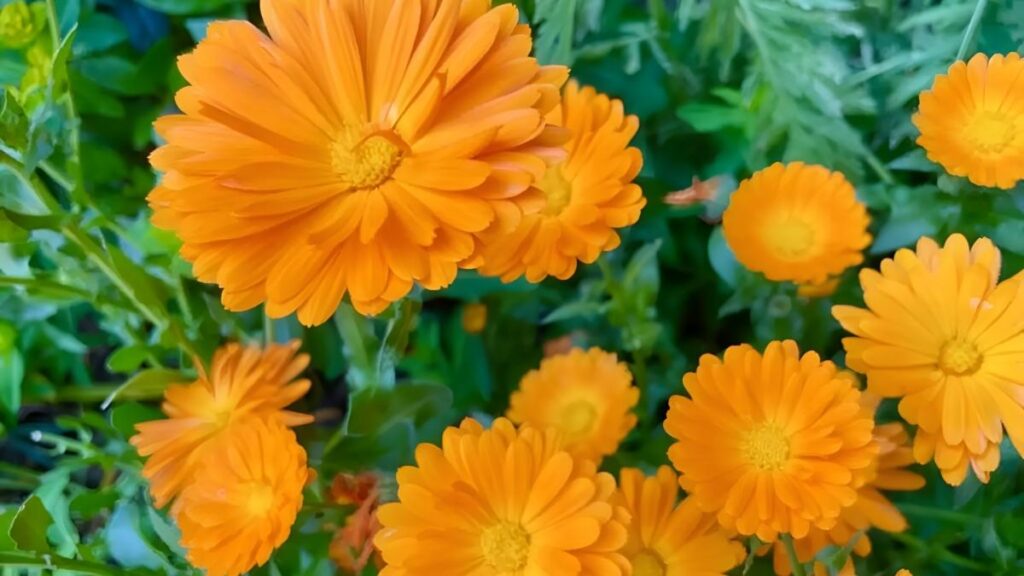
Calendula, or pot marigold, is a hardy flower that thrives in both warm and cool climates. Its vibrant orange and yellow flowers are a beautiful addition to any vegetable garden, and it is especially known for its ability to deter pests like aphids, whiteflies, and even certain types of fungal diseases.
Calendula’s medicinal properties are also worth noting. The flowers have been used for centuries in herbal remedies, including skincare products and teas. Growing calendula alongside your vegetables provides both aesthetic value and an opportunity to harvest the flowers for medicinal or culinary use.
7. Zinnias
Zinnias are another fantastic choice for gardeners looking to add beauty and functionality to their vegetable plots. These flowers are available in a wide range of colors, from pinks and purples to oranges and reds, adding a burst of color to any garden. Zinnias are particularly good at attracting pollinators, especially butterflies, which can help fertilize nearby vegetables.
In addition to their visual appeal, zinnias are also resistant to many common pests, including aphids and leafhoppers. Their sturdy stems and vibrant flowers can act as a natural barrier for vegetables, keeping harmful insects at bay.
Conclusion
Incorporating flowers into your vegetable garden is not only a way to enhance its beauty but also a smart gardening strategy that provides numerous benefits. Flowers like marigolds, nasturtiums, sunflowers, and lavender can protect your vegetables from pests, attract beneficial pollinators, and improve soil health. Many of these flowers are also edible, offering an extra layer of value to your gardening efforts. By carefully selecting flowers to grow alongside your vegetables, you can create a garden that is not only productive but also visually stunning and ecologically balanced.




